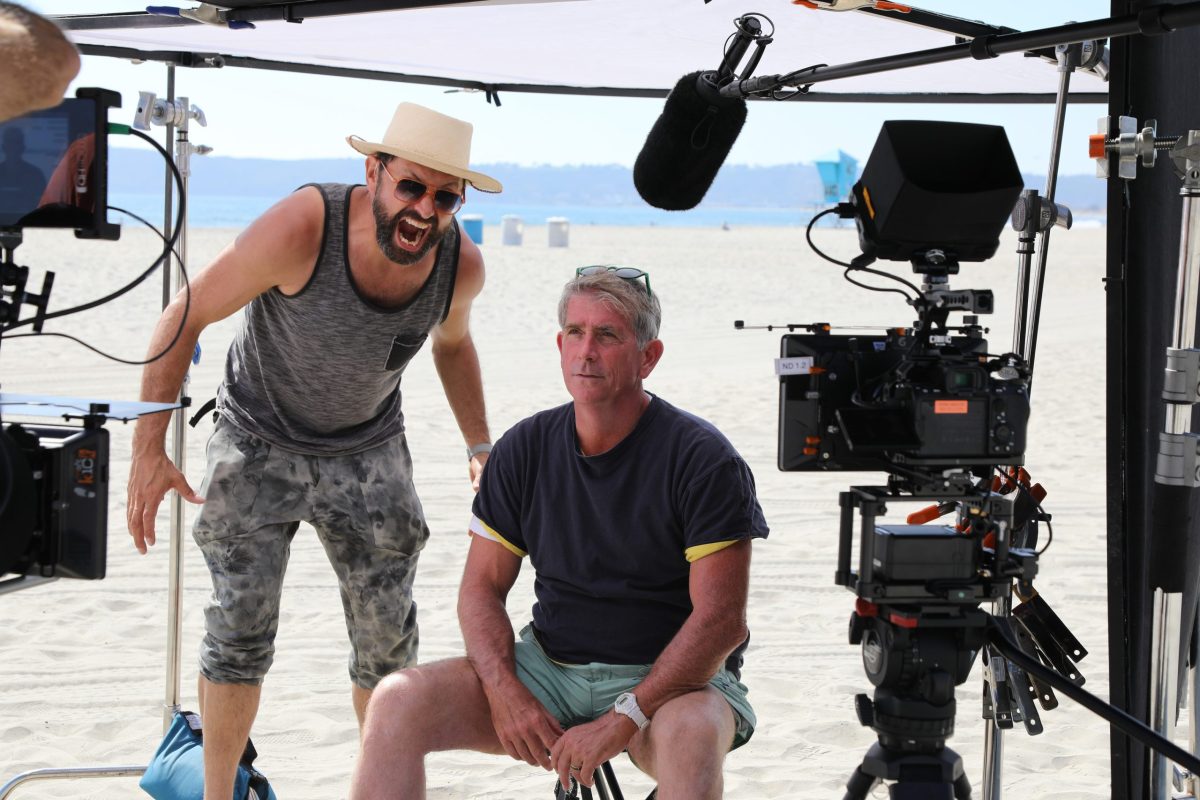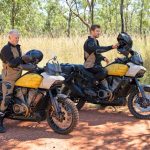Is It Weird that NatGeo’s ‘Shark Attack 360’ Makes Me Feel Safer At the Beach?

Sharks get a bad rap. They might fully eat a human given the chance, but they’re just trying to exist in an increasingly urban world. NatGeo takes a forensic (yet surprisingly sympathetic) view of these encounters with Shark Attack 360, a SharkFest premiere that digs into the who, why, and how of individual attacks. It’s actually very reassuring.
Editor’s Note: I received advance screeners for Shark Attack 360. The opinions are my own.
I’ve liked sharks since the fifth grade, when my school took a trip to sea camp in the Florida Keys. It was the first time I experienced sharks as anything other than Dangerous Monsters To Avoid At The Beach. We learned about different species, why they behaved as they do, and even swam with a hammerhead shark. After that I was respectful and cautious of sharks, but not terrified. Shark Attack 360 gives me the same kind of vibes.
The premise is a fun one of the sort we’ve come to expect from SharkFest: shark attacks and why they happen. Shark Attack 360 stands head and shoulders above other programming, though. It’s fun to watch, sure, but the focus is on concrete science mixed with evolving scientific theories. We get right up in the research alongside working biologists. The first episode takes us into the water to get bite data for comparison to an attack. In another we see an experiment exploring how bonnethead sharks react to changes in magnetic fields.
Things aren’t always Hollywood smooth, too. I had a laugh in the second episode when researchers had trouble getting those bonnetheads to swim over their coil. You can really feel their frustration and amusement as shark after shark skips around their experiment.
As Shark Attack 360 host Dr Diva Amon says, “Never work with animals”.
Each episode investigates a handful of shark attacks, beginning with an interview of the victim and a reenactment of the attack. We hear from people who were there. We see news footage and hear eerily calm 911 recordings. Once we know what happened, Dr. Amon pulls back to investigate which shark was involved and what possibly motivated the incident.
That part is a little like CSI. We get one or two descriptions from the victims: a black tip, a white belly, a wide snout. That gets added to information about native species, injury patterns, and outside factors like pollution, local prey species, and even moon phases to create a theory explaining why that shark attacked at that time.
I won’t lie – things do seem a touch more cut and dried than they really are. That’s just going to happen in a TV show. Endless rounds of “We need to triple check this before we can make any conclusions, and of course we can’t assume correlation is causation” would be an immediate turnoff for viewers who just want to see some sharks and get a secondary thrill from hearing survivors share their stories. Producers have to punch it up a little bit. We want them to punch it up a bit.
The great thing is, Shark Attack 360 does that while still avoiding the trap of treating wild claims as confirmed evidence. They share new science with both excitement and caution. The researchers they interview in support of each episode’s central theme are enthusiastic, but do still point out possible problems with their theories. When experiments go wrong we see them fail.
It’s sensational, but not sensationalist.

A lot of the show’s credibility comes from its host. Dr. Amon has an impressive track record in both marine biology and environmental policy. That might sound a bit dull, but her narration is anything but. Dr. Amon seems like the kind of scientist you’d want to have at a party: smart, practical, and willing to share her expertise in an engaging way. She brings topics like human waste outflow and no-fishing zones to life even without the very cool graphics.
The graphics are cool, too. I’m a sucker for interactive animations, and Shark Attack 360 uses them in every episode. We get to see each candidate for a shark bite swimming around Dr Amon in the studio, moving to show a fin or a color pattern before swimming off as she dismisses it.
The first episode has a fun little jump scare charge attack towards the viewer. That’s probably going to be more effective on a big screen TV than my laptop, but like I said – fun.
Personally, I’m always astounded by how good-naturedly these survivors take losing a chunk of arm or a leg to predators. Almost all of them spoke about not blaming the shark who bit them. One little boy had his lower leg eaten and was back in the water as soon as his doctors cleared him to swim. AT THE SAME REEF. With precautions, of course, but still that takes some series nerve. Absolutely wild.
Humans are really something, you guys.
As the series plays out, what strikes most is the overall sense of sympathy for the sharks involved. We see them as part of the larger tapestry of nature, one humans have disrupted by wandering into areas we aren’t biologically suited for or even just changing environments with our presence. Sharks aren’t mounting a campaign to attack humans. Whether we have good intentions or bad we’re the ones putting ourselves in their paths – and sometimes that’s going to get a little exciting.
You can watch Shark Attack 360 with the rest of the SharkFest programming over at NatGeo or Disney+. Don’t worry – this year isn’t going to leave you afraid to hit the beach. If anything, it’s going to make you feel safer.
But, you know. Bring a buddy. And check the beach flags before you dive in.
Author: Khai
Khai is a writer, anthropologist, and games enthusiast. She is co-editor (alongside Alex DeCampi) of and contributor to “True War Stories”, a comic anthology published by Z2 Comics. When she’s not writing or creating games, Khai likes to run more tabletop RPGs than one person should reasonably juggle.
Help support independent journalism. Subscribe to our Patreon.
Copyright © The Geekiary
Do not copy our content in whole to other websites. If you are reading this anywhere besides TheGeekiary.com, it has been stolen.Read our






